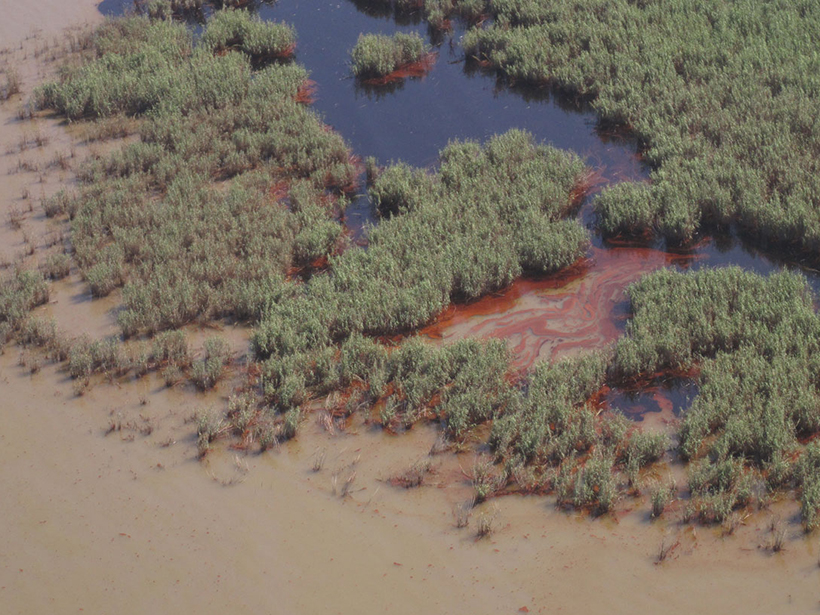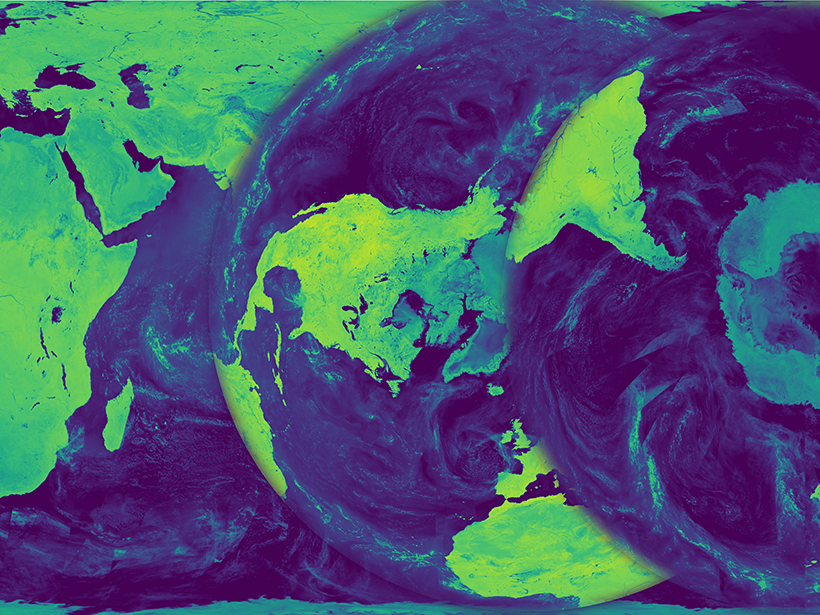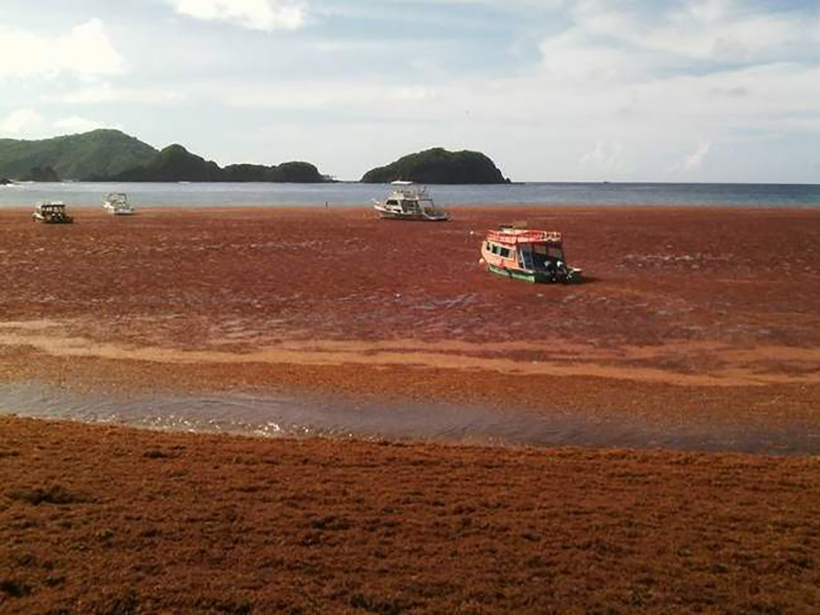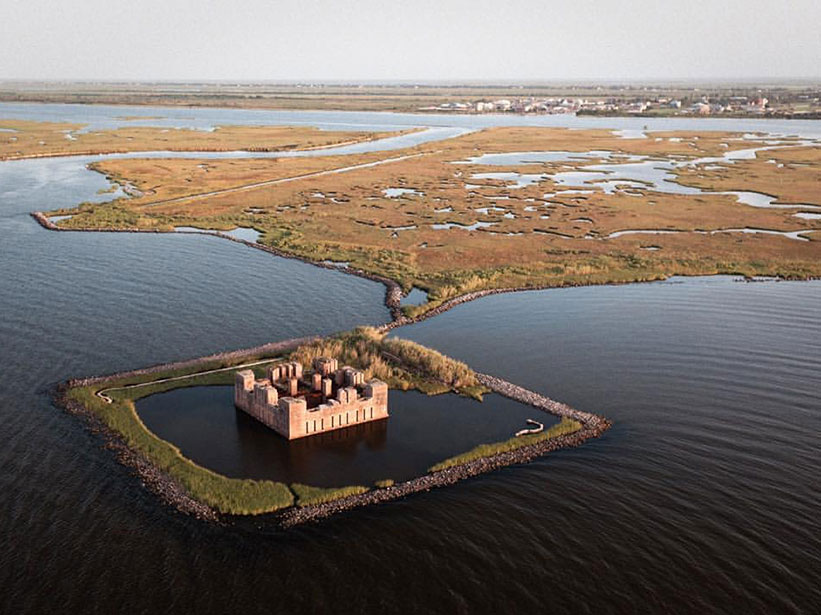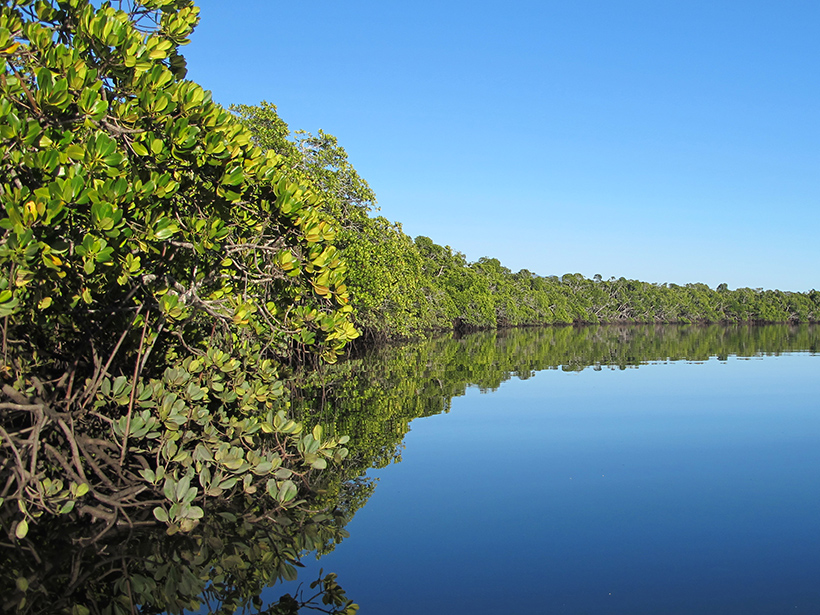Marine protected areas, set up to conserve marine ecosystems and species, accumulate pollutants swept in from mainland shores by ocean currents.
beaches, coasts, & shorelines
Study Finds That Coastal Wetlands Excel at Storing Carbon
Shoreline environments show more promise than other marine ecosystems for mitigating climate change, the analysis shows.
Tsunamis Leave a Telltale Chemical Trail
Researchers follow a trail of organic compounds in soil that reveals the 2011 Tohoku tsunami's path over the Japanese coastline, providing clues to how often tsunamis recur and where they travel.
Oil Residues Accelerate Coastal Wetland Losses
Coastal wetland loss after an oil spill can be more extensive than after a hurricane.
Bringing Earth's Microwave Maps into Sharper Focus
New processing capabilities improve the spatial resolution of satellite microwave data, enabling scientists to analyze trends in coastal regions and marginal ice zones.
Coastal Observations from a New Vantage Point
The NASA Geostationary Coastal and Air Pollution Events satellite mission plans to keep an eye on short-term processes that affect coastal communities and ecosystems.
Sargassum Watch Warns of Incoming Seaweed
The Sargassum Watch System processes satellite data and feeds results to a Web portal, giving decision makers timely information on seaweed location and warnings for potential beaching events.
Collaboration to Enhance Coastal Resilience
Integrating models from the social and natural sciences could generate a more holistic approach to climate change response planning in coastal communities.
Global Risks and Research Priorities for Coastal Subsidence
Some of the world's largest cities are sinking faster than the oceans are rising. Humans are part of the problem, but we can also be part of the solution through monitoring and modeling.
Can Mangroves Buffer Ocean Acidification?
New research evaluates the ability of coastal foliage to influence the ocean's pH.




